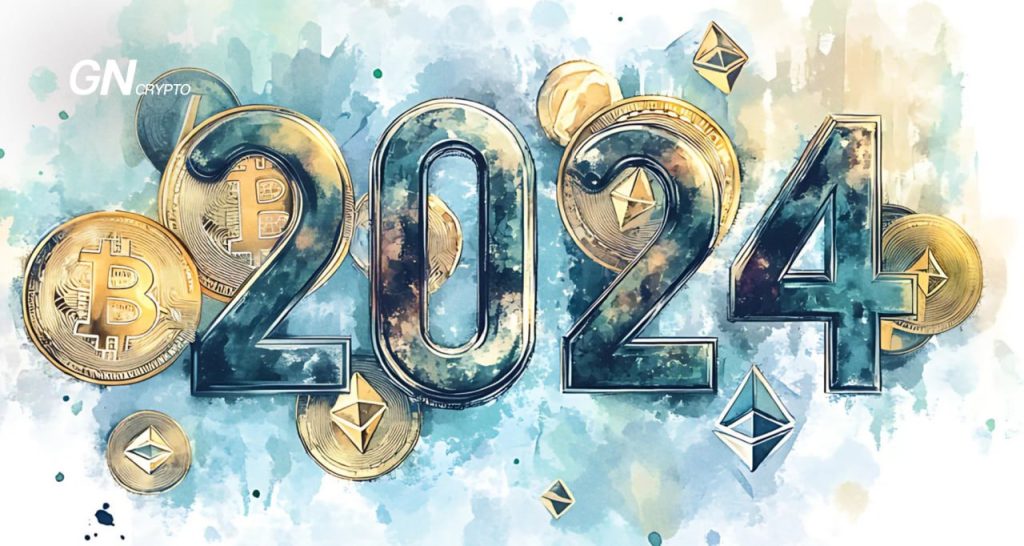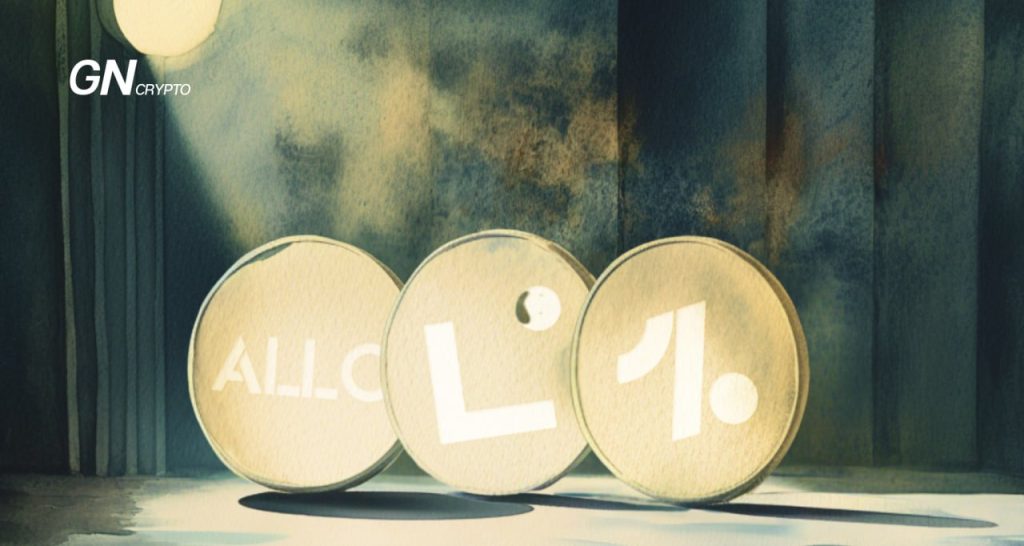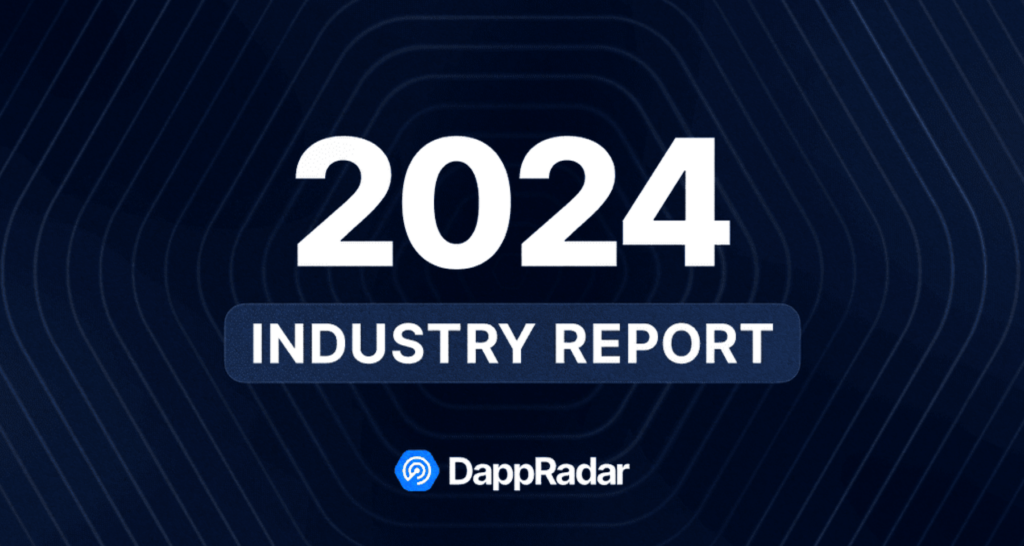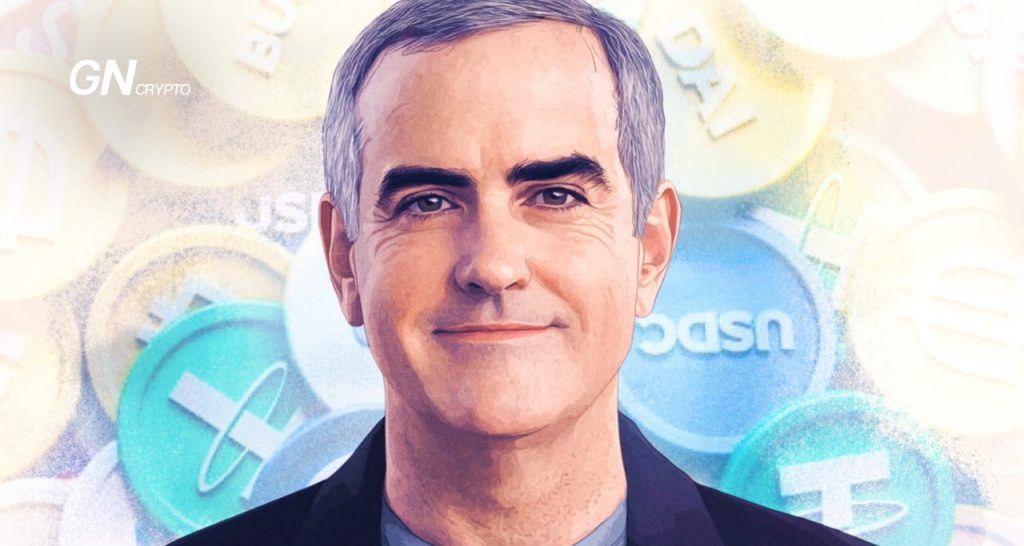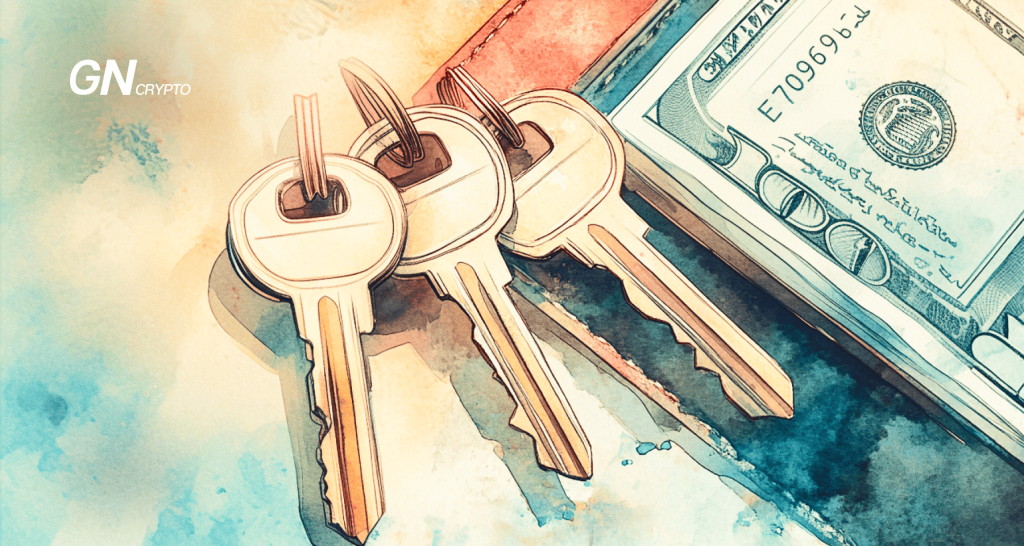Ways to Earn in Crypto Without Any Investment

Blockchain isn’t just for seasoned traders anymore. There are multiple ways to earn income from crypto without financial investment. Our article reveals practical strategies to get started risk-free.
On this page
- What Are Crypto Faucets?
- What Is an Airdrop in Crypto?
- How Bounty Programs Revolutionized Crypto Marketing
- Testnets — Safeguarding Blockchain Development
- The Role of Ambassadors in Crypto Projects
- Earning Crypto — Freelance and Employment Options
- Spotting and Avoiding Crypto Fraud
- Phishing Schemes
- Fake Bounty Programs — What to Watch Out For
- CLAIM Page Scams
- NFT Schemes — A Risk You Can’t Ignore
- Contract Address Fraud in Airdrops
- YouTube’s “Help Me Withdraw Tokens” Scam
What Are Crypto Faucets?
In the early days of cryptocurrency, faucets played a crucial role in spreading awareness. These platforms handed out small amounts of crypto for free, often requiring users to complete simple tasks. Bitcoin faucets became a phenomenon during a time when the cryptocurrency was undervalued and relatively unknown.
A memorable example is Bitcoin Faucet, launched by developer Gavin Andresen on June 12, 2010. That year, Andresen gave away 19,700 bitcoins, requiring users to do nothing more than complete captchas. Back then, Bitcoin was not only affordable but remarkably easy to obtain.
While crypto faucets have seen a decline in popularity with Bitcoin’s increasing value and mining complexity, they still serve as a useful entry point for newcomers. But do they hold any value for seasoned crypto veterans? We’ll shed light on that shortly.
Faucets for Test Tokens:
- https://www.alchemy.com/faucets/ethereum-sepolia
- https://faucet.quicknode.com/ethereum/goerli
- https://faucet.polygon.technology/
Real Crypto Faucets:
What Is an Airdrop in Crypto?
In the crypto space, an airdrop—a term borrowed from the practice of dropping supplies by air—is a way to distribute free tokens or coins. These distributions often require participants to complete specific actions.
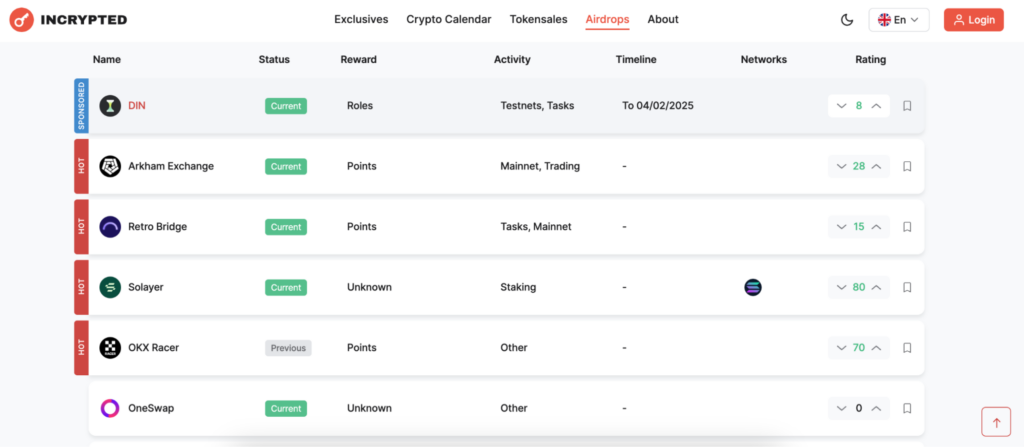
The goal of an airdrop is to spotlight a crypto project, encourage community growth, and boost awareness of the token.
Tokens can be claimed by participating in various activities. Let’s take a closer look at what you need to do.
How Bounty Programs Revolutionized Crypto Marketing
Bounty programs, derived from the idea of rewarding valuable contributions, enable users to earn cryptocurrency by completing targeted tasks. These programs serve as a promotional and developmental engine for blockchain projects, offering both engagement and incentives.
In 2017, the height of ICO mania, bounties became a dominant marketing strategy. By offering token rewards for simple actions like posting on social media, organizers successfully harnessed community efforts to amplify their message and attract attention to their projects.
Bounty programs today look different from their ICO-era counterparts. Many projects reward users for engaging in social campaigns through platforms such as Galxe and Zealy. Simultaneously, exchanges like WhiteBIT host bug bounty programs, where finding vulnerabilities can earn participants anywhere from $500 and up.
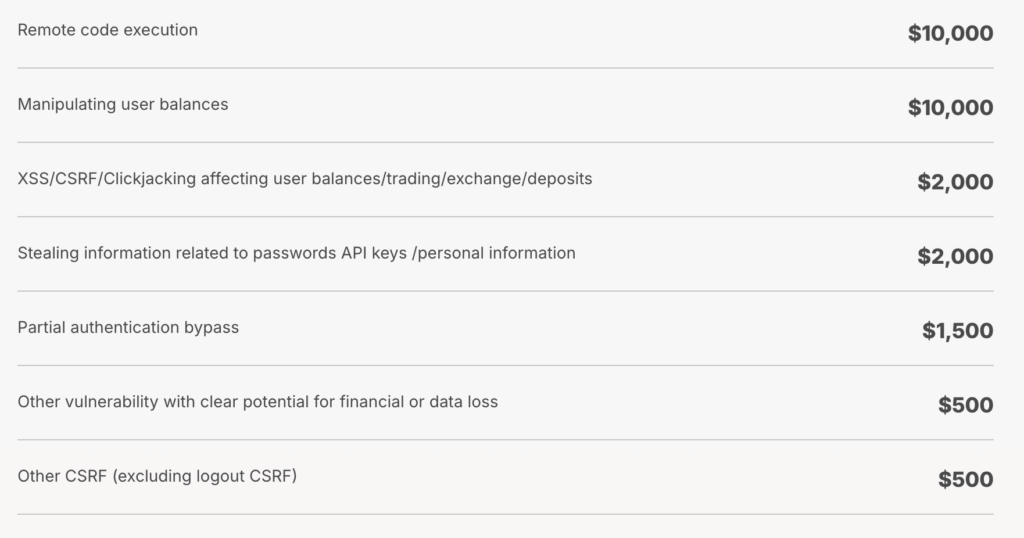
Testnets — Safeguarding Blockchain Development
Testnets are a vital part of blockchain creation, offering a secure space to develop, test, and refine protocols prior to their mainnet debut. They empower developers to troubleshoot and improve, while users explore features without risking real money. Testnet tokens, distributed through faucets, facilitate free and risk-free transactions for all participants.
Projects frequently reserve tokens to incentivize testers who engage with their platforms. By using test tokens for activities like swaps, transfers, minting NFTs, and deploying contracts, users can qualify for rewards. The criteria vary across projects, but once the tokens are listed on exchanges, they can be traded. This form of reward distribution is commonly called a retrodrop.
Retroactive airdrops offer tokens to users for actions they completed in the past, often without knowing they would be rewarded. These rewards can stem from contributions during testnet phases or from activities in the mainnet environment, where tokens issued are real and tied to the live project.
The Role of Ambassadors in Crypto Projects
Ambassador programs empower users to represent crypto projects officially, promoting their brands and fostering engagement. Ambassadors are compensated with tokens, special content, or exclusive perks, and they contribute by managing social campaigns, hosting events, and providing key insights.
For projects, these programs are an essential strategy to create a loyal user base and attract newcomers. With access to private events, early releases, or unique opportunities, ambassadors gain a rewarding experience while driving the ecosystem's growth.
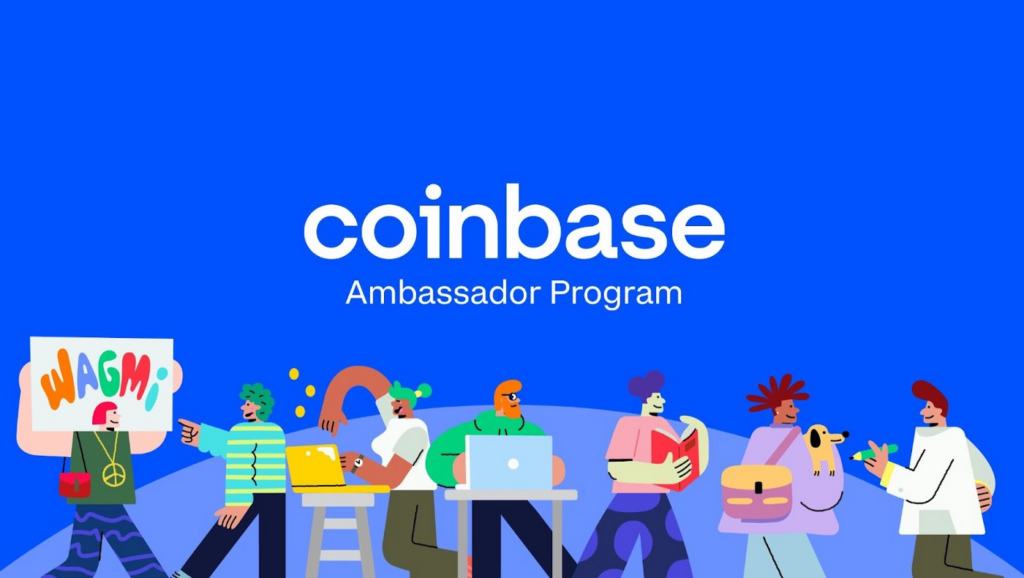
Earning Crypto — Freelance and Employment Options
Professionals in fields like development, design, and copywriting can find lucrative opportunities working with crypto startups, blockchain enterprises, or trading platforms. Many companies offer compensation in cryptocurrency, giving you a chance to earn while diversifying your assets.
Whether you choose freelance gigs or full-time roles, working in the crypto sector enhances your knowledge and positions you as a key player in this evolving landscape.

Spotting and Avoiding Crypto Fraud
The cryptocurrency space, while full of opportunities, is also rife with risks from scammers. They target unsuspecting users with clever tricks, making it essential to stay vigilant.
Phishing Schemes
Fraudsters create fake platforms promising free tokens in return for wallet connections or private information. These phishing sites are often convincing replicas of legitimate project pages, posing a serious threat to your funds.
Stay Secure with These Tips:
- Always verify promotional campaigns or airdrops through the project’s official communication channels.
- Never connect your wallet to unknown websites or share private information.
Fake Bounty Programs — What to Watch Out For
Scammers have refined their techniques by using fake bounty programs to target unsuspecting participants. They ask users to perform simple actions, like reposting or commenting, and later demand an activation fee or access to personal information.
Stay Protected:
- Only engage with bounty programs verified by the project’s official sources.
- Reject any request for payment—genuine bounties don’t charge participants.
CLAIM Page Scams
УYou’re thrilled about an upcoming airdrop, having verified the announcement on trusted sources. But while navigating, you stumble upon a fraudulent CLAIM page designed to look exactly like the official site.
These scams involve fake sites that invite users to connect their wallets to claim tokens. Instead of receiving tokens, victims often lose their funds through malicious smart contracts.
Tips to Stay Protected:
- Double-check airdrop links through official sources like the project’s website, verified Twitter, or Telegram channels.
- Avoid clicking on links from random posts or unfamiliar platforms.
NFT Schemes — A Risk You Can’t Ignore
Scammers have mastered the art of deceit by sending random NFTs with messages like “Claim your exclusive drop.” Clicking the attached link and connecting your wallet grants them access to execute a “drain” attack, stealing funds from your account within seconds.
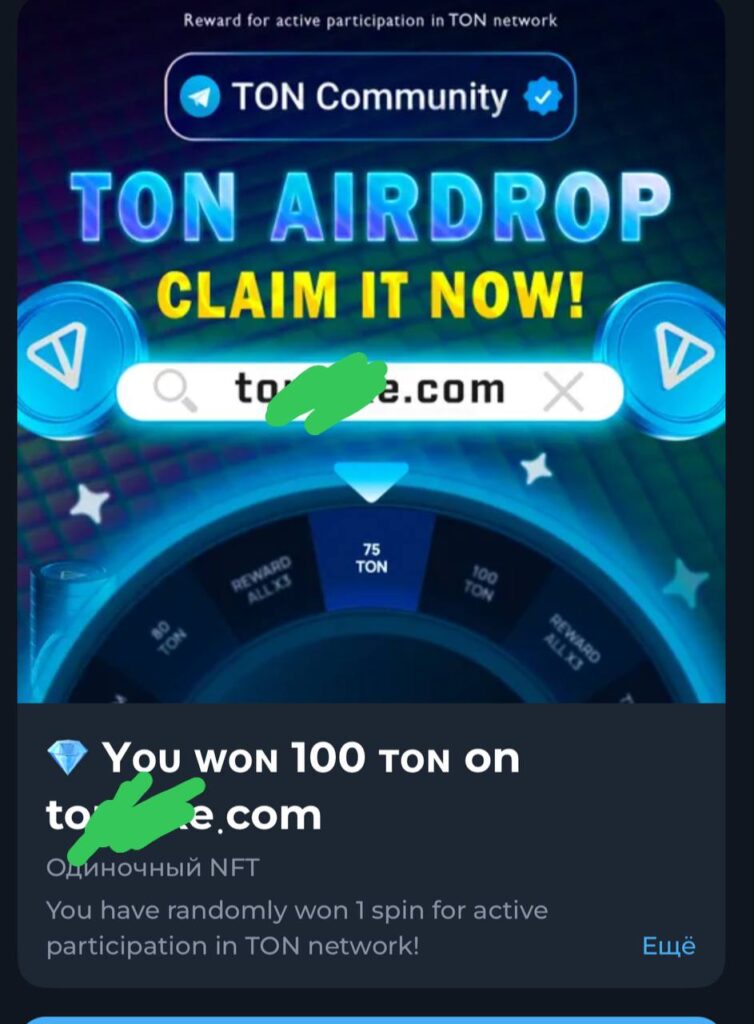
Stay vigilant by scrutinizing links and avoiding wallet connections to dubious websites. Depend on official project channels for trustworthy information, and view “free gifts” with suspicion unless verified. Commit to DYOR—“Do Your Own Research”—to ensure any project you engage with meets your standards of authenticity.
Contract Address Fraud in Airdrops
Scammers often deploy fake smart contracts during airdrops, misleading users by replacing the real contract address. These counterfeit contracts are promoted via comments, social media, or messaging platforms. They replicate the genuine token’s appearance, including logos and descriptions, to trick users. Once a user interacts with the fraudulent contract, their funds are instantly redirected to the scammer.
How to Protect Yourself:
- Always confirm the contract address on official project resources such as their website or verified Twitter or Discord accounts.
- Avoid copying contract addresses from untrusted sources like comments or unsolicited messages.
- Check blockchain explorers like Etherscan to verify the contract’s authenticity and its association with the intended project.
YouTube’s “Help Me Withdraw Tokens” Scam
Scrolling through YouTube comments, you may encounter posts like this:
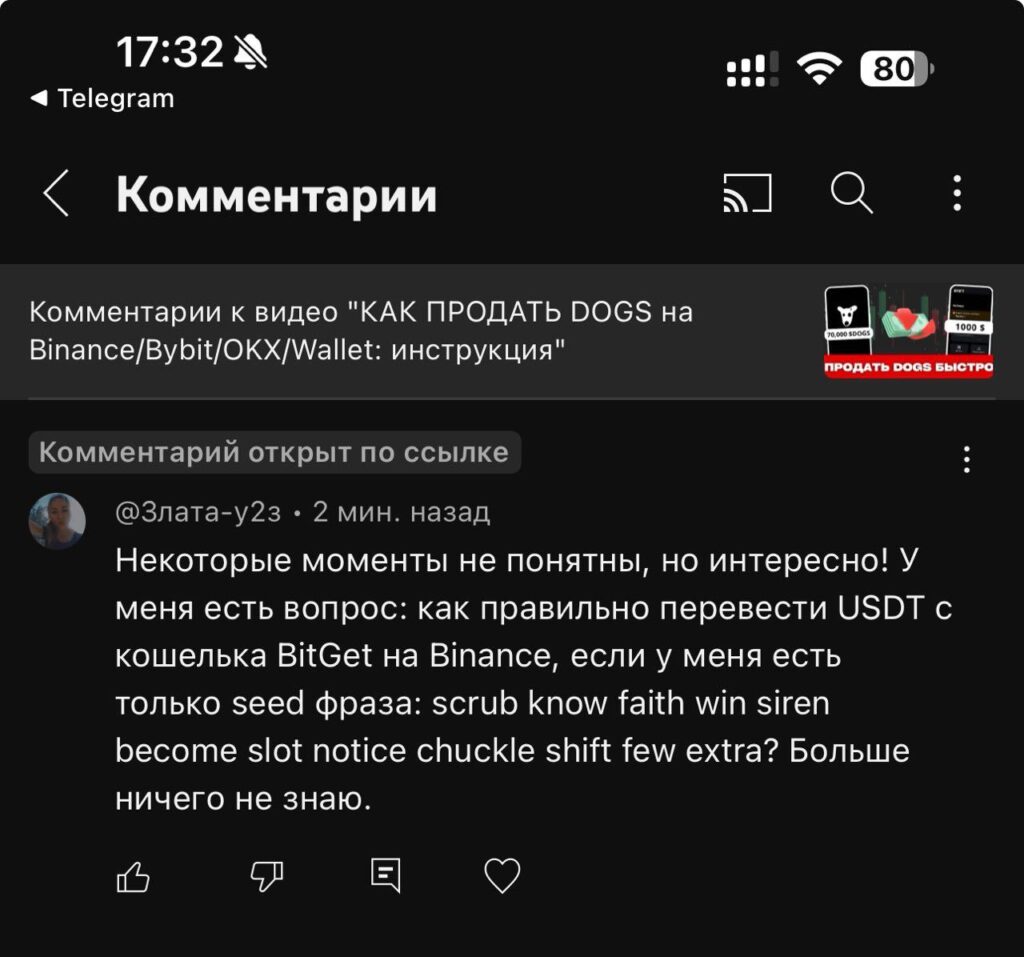
Here’s how it works: someone “accidentally” shares their seed phrase, inviting you to check their wallet. Inside, you’ll find USDT—let’s say 600 USDT in the TRON network. To withdraw, you’re asked to deposit a small amount of TRX as a transaction fee.
What’s hidden is an automated bot tied to the wallet. As soon as you send TRX, the bot sweeps the funds to the scammer’s wallet. Many fall for this ploy, lured by the promise of easy money, only to lose their own.
Crypto Success Starts with Caution
Earning in cryptocurrency, whether through airdrops, testnets, or blockchain employment, is an exciting prospect. However, where there’s opportunity, there’s also risk—fraudulent contracts, phishing scams, and fake platforms are a constant threat. To succeed, you must pair ambition with careful scrutiny.
Your best defense is the DYOR (Do Your Own Research) principle. Verify details through trusted resources, analyze every project thoroughly, and always approach new ventures with a critical eye. This mindset not only safeguards your assets but also sets the foundation for long-term growth in the dynamic crypto world.
The content on The Coinomist is for informational purposes only and should not be interpreted as financial advice. While we strive to provide accurate and up-to-date information, we do not guarantee the accuracy, completeness, or reliability of any content. Neither we accept liability for any errors or omissions in the information provided or for any financial losses incurred as a result of relying on this information. Actions based on this content are at your own risk. Always do your own research and consult a professional. See our Terms, Privacy Policy, and Disclaimers for more details.







